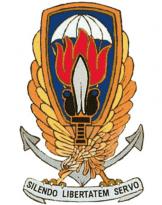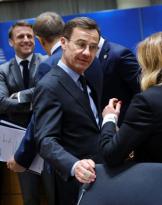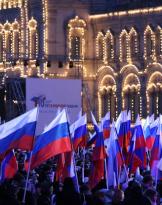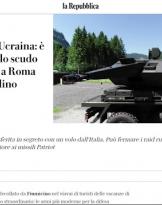I have no idea what the profile of the "average reader" of Online Defense, but it is legitimate to hypothesize that it can be (also, ed) a person of 40/45 years of age, male.
If I'm right, this is also the exact type of profile that identifies a generation of teenagers who had in "Bud Spencer" a nice friend, mate of many laughs, Sundays at the movies and evenings in the company, to emulate beans or binges beer and sausage competitions.
That said it is reasonable to think that I could have recently taken some of these beers, since this is the magazine that deals with bombings and bazookas, not "spaghetti-Westerns".
But if I have guessed the identikit of our "average reader", many will come back to mind the many scenes of flight on various "Catalina", Douglas "DC-3", Boeing "Stearman", Bell 206 "Jetranger" and other airplanes seen in his films.
That said, our magazine has a column dedicated to the world of industry, and as Carlo Pedersoli is known to all as a comedian and as Olympic swimming and water polo, there is something that binds him to aviation, which goes well beyond the scenes of "Più forte ragazzi" and his other films.
All, in front of the name Alfa Romeo Avio bow to the motoring excellence of Balbo's times, as well as every aviation enthusiast does the same in front of the name of Stelio Frati, whose SF-260 were chosen as military trainers by the Air Force Italian military and half world.
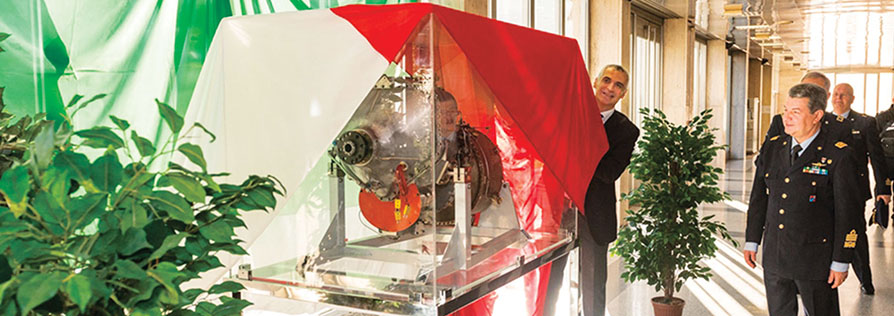
But what unites Stelio Frati, the Alfa Romeo Avio, the Air Force at Bud Spencer?
The AR.318 engine (pictured above), the first completely Italian post-war turbine engine, from design to construction!
 Stelio Frati, in fact, designed the SF-700 "Cormorant" which was supposed to be a medium-sized biturboel amphibious that could have substituted the various Grumman "Mallard" and "Goose" that even today, more than half a century after their introduction , the only representatives of that type of aircraft remain laborious (and now dangerously, as Chalk's Airlines knows).
Stelio Frati, in fact, designed the SF-700 "Cormorant" which was supposed to be a medium-sized biturboel amphibious that could have substituted the various Grumman "Mallard" and "Goose" that even today, more than half a century after their introduction , the only representatives of that type of aircraft remain laborious (and now dangerously, as Chalk's Airlines knows).
But not only: Stelio Frati also conceived it as an anti-fire aircraft. A small "Canadair", in short.
And probably it would have been much more effective (thanks to the central hull keel and the twin-engine propulsion) of the "Dromadair" that we recently had to introduce alongside the larger and more expensive CL-415s.
Just this amphibious and fire-fighting use required a small turboprop engine (1m x 53cm x 60cm), but more powerful (600 SHP) of the turbines commonly used in commercial aviation of the early 80 years.
So Frati designed the aero, the Alfa Romeo Avio1 designed the engine and built its prototypes, Carlo Pedersoli lent King Air who had in company with his brother-in-law to mount them on an airplane suitable to become a flying test bench. Closes the circle the intervention of the Air Force, which through the Experimental Department of Pratica di Mare began the tests The 24 December 1979.
The only photographic testimony found on the net of what I told is this tiny photo in which, despite the difficult graphic resolution, you can see the Alfa Romeo logo near the portholes above the writing "318", while on the tail stands the emblem of the Experimental Department of Sea practice.
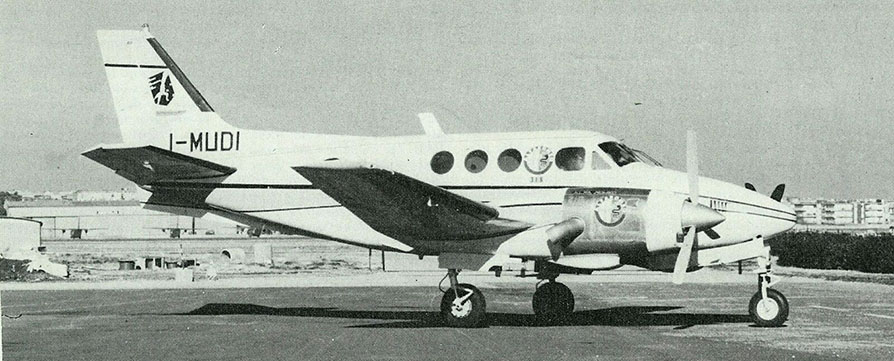
The failure to implement the SF-700 "Cormorant" is just one of the many good opportunities offered by Ing. Friars to the Italian aeronautics industry and gone wasted, but the lack of realization of the AR.318 engine represents a much greater loss: Frati's airplanes have the common denominator to be thought for non-mass employment, but the "competitor" more direct than AR.318 and to which it could take off a significant market share was the widespread Allison 250 turbine, mounted almost universally on small turbo-prop and turbo-axles of general aviation and "light commercial".
And despite the apparent simplicity dictated by the need for cost and maintenance, the AR.318, adopted innovative solutions: the supersonic centrifugal compressor impeller obtained from a single piece of titanium, the impellers swirling with discs and vanes integral in superalloys microfusions of cobalt and turbine entry temperatures of the order of 1.300 K. To put it simply, it was a true Alfa Romeo engine!
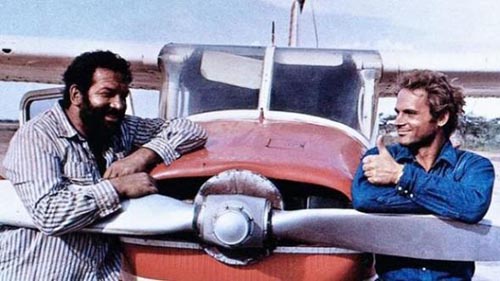 In any case, everything described above does not want and should not take away the memory of our friend "Bud Spencer", on the sad day of his funeral. He was a protagonist and must remain in our memory as well.
In any case, everything described above does not want and should not take away the memory of our friend "Bud Spencer", on the sad day of his funeral. He was a protagonist and must remain in our memory as well.
Who knew him in person (in this case the com.te Aldo Locatelli who instructed him to pilot the King Air with which he replaced the test bench dell'AR.318) remembers him as "A great person, not a Pilot of those who leave traces in the history of aviation, but very precise and attentive, and above all, a great person".
To be honest, there is a trace in the history of Italian civil aviation of these qualities.
Founded the "Mistral Air" (photo below) at Ciampino, which had the distinction of becoming the first modern Italian airline to specialize on large-scale postal transport, exclusively managing transport on behalf of TNT.
To do this he chose, in a technically flawless and pioneering way, the BAe (now Avro) 146. And the commercial success of this company has converged, in recent times, even in the Italian Post Office.

But it is also nice to remember that the same company (of which he remained honorary president) hosts and makes available its flight simulators to a "non profit" association2, which allows young unemployed drivers to stay in training and prepare for possible selections, under the supervision (by way of voluntary service) of professional pilots belonging to the best national aeronautical companies, at decidedly low costs and always paid in donations and charity work .
To be honest, it must be said that this social initiative is due to another man, com.te Luigi Anselmi, but the company of Bud Spencer was there and this project has become a reality (unique and beautifully organized) thanks to this presence.
1 At the time of the AR318 project, the Alfa Romeo Avio was still a fairly independent company, completely independent of AR Auto and mainly owned by IRI and in a very small percentage by Fiat AVIO, GE and Alitalia.
2 Andrea Anselmi ONLUS (www.andreaanselmionlus.com)






